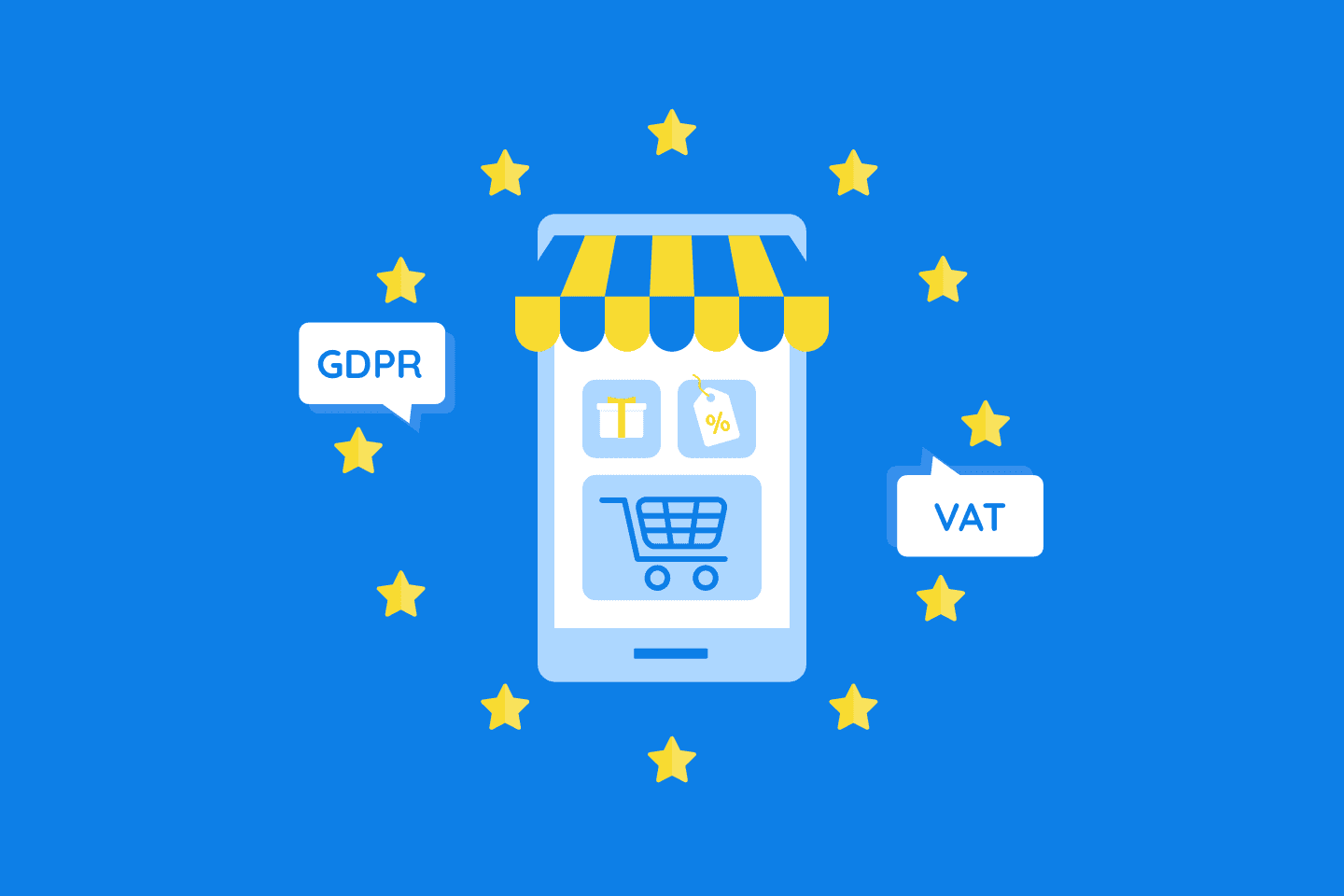If you want to run an online business in Europe, there are certain rules and regulations that you need to follow. You can’t just set up a Shopify store and start shipping out your products. Failure to meet certain requirements could result in some problems for your business down the line, so it’s important that you learn what you need to do before you get started.
With that in mind, here are the best practices that you should follow when it comes to selling in Europe.
Learn the rules of distance selling in the EU
Distance selling is any type of sale that takes place without face-to-face contact. It could be placing an order through a website, over the phone, or via mail. If you’re in Europe, there are a few other requirements to be considered for distance selling. For instance, you have to be selling to a private citizen and not another business (B2C selling vs B2B), and the goods must be crossing state borders.
There are also regulations in place to protect consumers from scams. Even if your business has the best of intentions, you still need to meet these regulations in order to lawfully sell within the EU. Some of these regulations include things like:
- Providing detailed information to the customer before the completion of the sale
- All extra fees and charges must be explicitly agreed to by the consumer
- You have to have a return and refund policy, with a 14-day minimum.
Becoming compliant with these rules isn’t too difficult, but it’s hard to do so if you don’t know what they are.
Understand the European VAT
The Value Added Tax (VAT), is like the sales tax in the EU. With the sales tax, the consumer pays at the completion of the sale. With the VAT, however, taxes are collected from each stage of the supply chain — such as the supplier, distributor, and retailer.
The VAT can become a little complicated, but it’s very important that you learn how it works. You’ll need to consider things like which country you are selling from, where you’re selling to, different countries’ selling thresholds, and whether you’re selling physical or digital products.
Make sure you are GDPR compliant
The rules and regulations don’t stop there if you want to sell in Europe. You’ll also need to learn about the GDPR. The GDPR, or General Data Protection Regulation, is a series of rules designed to protect consumer data online.
When you run an online store, you collect a lot of data from your customers.
- You get their personal information to ship out the products,
- you get their billing information,
- and you may even gather some data about their habits on your website.
If a customer gives you their personal information, they want to know that this information won’t end up in the wrong hands. The GDPR is designed to ensure businesses are protecting private customer information.
Under the terms of the GDPR, anyone selling online will have to make sure that they are collecting information legally and that they are protecting it. Failure to do so could result in penalties for your business.
The GDPR may sound like a lot, but the truth is many of its regulations have been in place for a while, just under different naming conventions. However, as an organization, there are a few key additions that you’ll want to make sure you’re ready for. The first is the requirement that your organization appoints a Data Protection Officer if you carry out large-scale processing of data or large-scale monitoring of individuals.
The other is the breach notification system. In the event that your data is breached – whether it be by accident or through a cyber attack – you need to alert anyone who is impacted. This includes letting them know exactly what data might have been exposed, how many people might be exposed, and the potential consequences of this data breach (i.e. identity fraud). Finally, the organization will need to provide a list of steps they are taking to correct the problem and prevent it from happening again, and they’ll need to publish the contact information of their DPO.
In today’s online world, Internet security is one of the most pressing concerns. To sell in the EU and collect the information about your customers, you need to comply with the GDPR so that your customers can feel safer online.
Help out your customers
Finally, selling in Europe isn’t only tough for the sellers — consumers may have some issues as well. To help out your customers and improve their experience, there are two specific things you can do.
- To start, provide as much information on your website as possible. Let them know about which countries you ship to, the prices in different currencies, and anything else they may need to know. The more information you can provide, the better off all your customers will be.
- To help them further, you should also make it easy to get in touch with you. Make sure you have an email address or phone number they can reach you at – one that you monitor frequently. Another option is to add a Live Chat feature to your website so that customers can quickly get answers. With Live Chat and agents from LTVplus, you’ll be able to answer all your customer’s questions in just a matter of moments.
Start implementing best practices today
Selling in the EU isn’t always easy, but it’s worth it. By taking the time now to ensure that you are compliant with all the rules and regulations and that you have a system in place to help your customers, you can set your business up for long term success.
You’ll then be able to sell to all the countries within the European Union and you won’t have to worry about any unexpected fines or penalties along the way.




